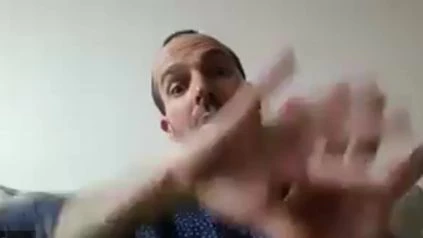Katharine Ullman, PhD of Huntsman Cancer Institute at the University of Utah @huntsmancancer and Adam Frost, MD, PhD of UC San Francisco @UCSFMedicine discusses the new insights that links cell division to cancer.
___________
To replace aging and worn cells, the body primarily uses a process called mitosis, in which one cell divides into two. When a cell is ready to divide, it duplicates its DNA so a complete copy is available for each of the daughter cells. In this process, the DNA pieces, or chromosomes, must be precisely apportioned into the daughter cells. If one cell has an incomplete copy of the DNA or if the DNA becomes damaged, genetic disorders and diseases such as cancer can result.
For cell division to occur, the two sets of DNA must be localized to opposite sides of the cell. First, the compartment that normally contains the DNA, the nucleus, disassembles its protective coating. Then the chromosomes are separated by an apparatus of fibers. A new nucleus forms around each DNA set. Finally, the cell splits into two, each with its own re-formed nuclear compartment inside.
Read here:Â https://www.eurekalert.org/pub_releases/2020-04/hci-rfn042920.php
Related article:Â https://www.nature.com/articles/s41586-020-2232-x

